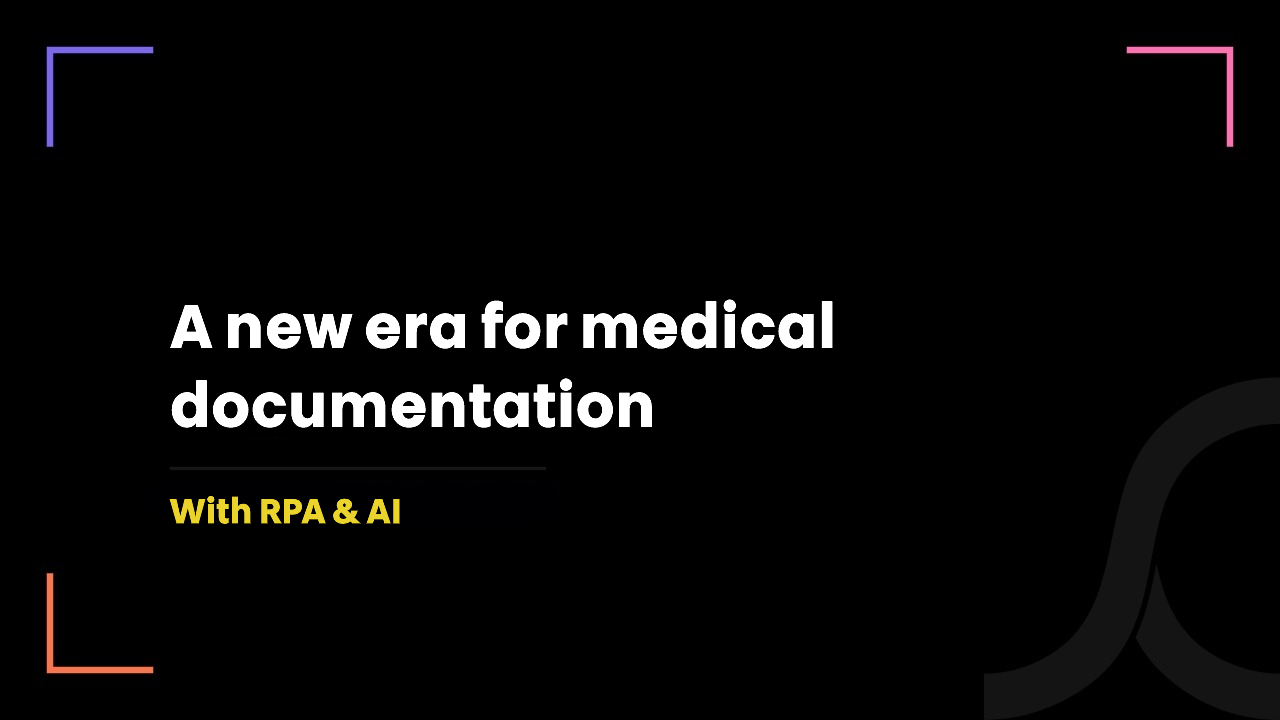A Guide to Make Medical Documentation 10x Faster & Efficient

4 months ago
We are an Ontario-based healthcare IT company.
For the past 8+ years, we have been facing so many questions about medical documentation.
So putting together all our healthcare IT expertise in one place, we have written an entire guide for it.
Here are the values that you will get after reading this blog.
- The true definition of medical documentation
- Understanding the true purpose behind it
- Effective ways to improve the medical record documentation
What is the True Definition of Medical Documentation?
First, medical documentation is not just a piece of paper.
It is an entire process!
- A process of gathering all the information that is involved in patient care.
- A process of improving the lives of both patients and healthcare professionals.
- A process of making the patient care experience and satisfaction the top priority.
Medical documentation contains both clinical and non-clinical (administrative) information about the patient.
Clinical information includes every small detail about the patient's health which directly assists the medical staff to improve care outcomes, experience, and satisfaction.
On the other hand, non-clinical data includes day-to-day operations in patient care which helps the organization in identifying and improving the clinical areas to make them more effective, efficient, and reliable.
What is the Purpose of Medical Documentation?
The ultimate goal of medical documentation is to deliver quality care with seamless coordination.
It brings peace of mind to the lives of the patients, healthcare workers, and stakeholders.
Confused?
Let’s understand how it delivers the result.
Quality of care:
- Provides evidence
- Showcase the changes in the care plan
- Contains the medication and allergy details of the patients
- A clear view of the outcomes of each care plan
- Provides the medical history of the patient for better decision-making
Coordination of care:
- Make a patient-centric care decision
- Simplifies the care intervention for each medical staff
- Evaluate the progress of patients for each care intervention
What Does Traditional Medical Record Documentation Look Like?
Paperwork, paperwork, and tons of paperwork!
It is a time-consuming, error-prone, and tedious process that affects patients, healthcare professionals, and in the end stakeholders in several ways.
For instance,
- High clinical and administrative work burden
- Restrict the medical staff to focus on patients
- Burnout of the healthcare workers
- Higher operational and medical costs
- Poor patient safety
What’s more, every time the government changes the medical documentation guidelines, healthcare staff spend their days and sometimes almost weeks adapting to the new formats.
For that reason, many healthcare organizations have implemented medical documentation solutions.
Clinical documentation software helps a lot of healthcare staff in reducing their efforts in documenting.
Still, the situation is not entirely solved.
But why?
Here are the reasons
- Need to create a new structure if there is a change in the patient's details (Notes)
- Repetitive tasks for documentation coding
- Have to identify the errors manually
How to be More Efficient with Medical Documentation?
Implementation of the right healthcare technology!
A clinical documentation software that is backed by some powerful technologies can fill the gap between documentation and adequate documentation.
RPA and AI are one of the top solutions for medical documentation.
Let’s explore each solution in detail.

1. RPA (Robotic Process Automation):
Doing the same repetitive tasks every day is a major headache for any healthcare staff.
This is when RPA comes into action.
It automates computer-based repetitive tasks for medical record documentation which directly helps healthcare professionals in spending more time with the patients.
RPA provides value to the healthcare staff by
- Lowering the chances of medical errors
- Saving almost 80% of the time
- Reducing the operational and medical costs
- Ensuring operational efficiency
- Automating real-time documentation
RPA has seen immense growth post the COVID-19 pandemic.
According to a report by Statista, the RPA market is expected to grow at a steady pace in the upcoming years.
2. AI (Artificial Intelligence):
Just imagine the outcome when AI is there for you in the entire process.
AI not just speeds up the entire medical documentation process but also holds the ability to identify errors and other structure-related issues.
AI adds value by assisting the healthcare staff with
- An adequate data structure
- Identification of potential risks
- Real-time error notifications
- Gives a clear sense of the future possibilities
- Improves patient safety
As per Statista, artificial intelligence (AI) in the healthcare market will be skyrocketing by 2030.
Medical Documentation is an Asset. Make it Valuable with Our Expertise!
Any healthcare organization needs to pay attention to medical documentation.
Because it is the key!
- To improve the care experience
- To reduce the risk
- To save time and costs
- To improve the standard of care
Meaning, if you are looking to develop clinical documentation software, you must consider a healthcare-specific IT company like us.
Why?
We are familiar with the ins and outs of the healthcare industry.
We understand the patient is the greatest priority for any healthcare provider.
We have 50+ healthcare-specific technical, business, and compliance specialists.
We aim to create health tech products that bring peace of mind and clinical value into the healthcare ecosystem!
